Myeongpum Songi Jokbal (명품송이족발)
5.9Km 2021-03-29
11, Sadang-ro 17-gil, Dongjak-gu, Seoul
+82-2-535-0712
A place that serves Jokbal (pigs’ feet) using Korean meat. This Korean dishes restaurant is located in Dongjak-gu, Seoul. The representative menu is braised pigs' feet.
Hong Baek (홍백)
5.9Km 2021-03-18
571, Samseong-ro, Gangnam-gu, Seoul
+82-2-3288-3382
The highest-quality Korean beef is aged for 25 days. The representative menu is grilled ribs. This Korean cuisine is located near Samseong (World Trade Center Seoul) Station, Seoul.
Darakjeong (다락정)
5.9Km 2021-03-26
131-1, Samcheong-ro, Jongno-gu, Seoul
+82-2-725-1697
Darakjeong has been popular for a long time because of the simple taste of its traditional Mandu (Korean stuffed dumpling). Since its opening in 1991, tasty soup and scrumptious Mandu have been served. A fist-sized Mandu is fully packed with seasoned meat, bean-curd, and various vegetables. Its thick dough makes it chewy and delightful. For one person, “Manduguk”(boiled dumpling soup) is a good choice. The delicious and nourishing taste of Mandu goes well with the sweet, spicy, and fresh taste of the soup. Manduguk is served in a brass bowl which keeps the food warm while eating. For a large-size group, “Mandujeongol” cooked with various vegetables in a casserole is recommended. There are two types of Mandujeongol that have different tastes. The main characteristic of “Kimchi Mandujeongol” is its spicy flavor, which reminds people of the refreshing taste of Kimchi soup, and “Tojang Mandujeongol” expounds on the savory taste of bean-paste soup. Tojang means folk soybean-paste. “Nokdujeon”(a Korean pan-fried dish with green mung bean) is another famous dish at Darakjeong, which is pan-fried with a very light seasoning to emphasize the original taste of Nokdu (green mung bean). Salted oysters with hot pepper are served with Nokdujeon instead of soy sauce, which is a perfect match.
Nunnamujip (눈나무집)
5.9Km 2020-06-16
136-1, Samcheong-ro, Jongno-gu, Seoul
+82-2-739-6742
Nunnamujip is famous for a North Korean dish called, “Kimchi mari guksu”, which is a noodle dish in cold kimchi soup containing toasted laver, a boiled egg, and sesame. The soup is refreshingly cold and a little spicy. For “Kimchi mari bap”, a bowl of rice is put into cold kimchi soup instead of noodles. The taste is very unique. In addition to Kimchimari, “Tteokgalbi” is a popular dish on the menu as well.
The main restaurant is located in the basement, which has only limited seating capacity with a few tables. As a result, many people usually wait in line for lunch or dinner. A second franchise has opened in a three-story building across the street. To enjoy a quaint atmosphere, the first establishment is better, but the new one’s interior design is much more modern and fancier, giving it a fresh altering look.
Hangeureut (한그릇)
5.9Km 2021-03-18
136, Samcheong-ro, Jongno-gu, Seoul
+82-2-720-5613
A store that also serves delicious meat noodles. The best menu at this restaurant is rice soup. This is a Korean cuisine located in Jongno, Seoul.
Saladaeng Temple (살라댕템플)
5.9Km 2023-08-24
Seongsu-dong 2-ga 269-202, Seongdong-gu, Seúl
Parque Samcheong (삼청공원)
6.0Km 2022-04-07
Bukchon-ro 134-3, Jongno-gu, Seúl.
Es un parque localizado al pie del monte Bugaksan y fue el Parque N° 1 de Corea. En el entorno se encuentra gran cantidad de flores de cerezo, por lo que en abril de cada año es visitado por gran cantidad de ciudadanos por su hermoso paisaje de floración. Además, en el interior podrá encontrar un campo de bádminton, una cancha de tenis, una plaza infantil, espacios de descanso, una tienda comercial, etc., por lo que ofrece comodidad a los visitantes.
Entre las rutas principales de senderismo se destacan: el camino forestal de Bugaksan hacia la Muralla de Seúl, el camino hacia el manantial de Seongbuk-dong, el camino hacia el Parque Waryong, etc. En particular, se encuentra dentro de este parque la roca Malbawi, que fue designada como el mejor lugar para observar el panorama de la ciudad, por el Ayuntamiento de Seúl.
Terminal de Autobuses Nambu en Seúl (서울남부터미널)
6.0Km 2021-05-20
Hyoryeong-ro 292, Seocho-gu, Seúl.
La Terminal de Autobuses Nambu se encuentra en el sur de Seúl, opera alrededor de 70 rutas y cuenta con autobuses de 22 empresas privadas. La mayoría de sus servicios se dirigen hacia las regiones sureñas.
Bongsanok (봉산옥)
6.0Km 2021-03-29
5-6, Banpo-daero 8-gil, Seocho-gu, Seoul
+82-2-525-2282
It is a 2021 Michelin Guide restaurant. This restaurant's signature menu is dumpling soup. This Korean dishes restaurant is located in Seocho-gu, Seoul.
Rain Report Croissant (레인리포트 크루아상)
6.0Km 2023-08-24
Seongsu-dong 2-ga 269-202, Seongdong-gu, Seúl
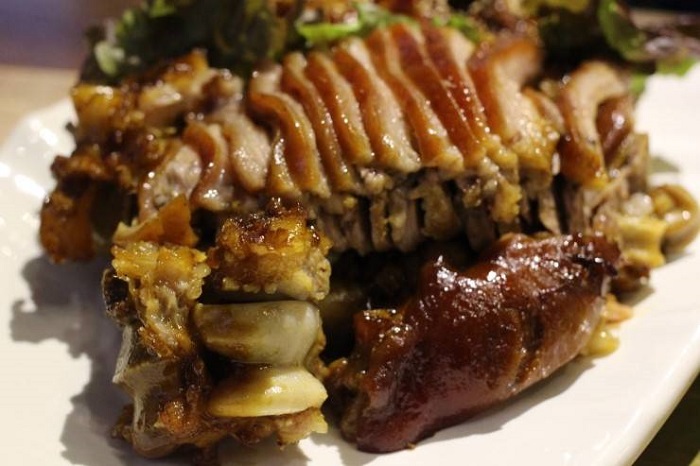
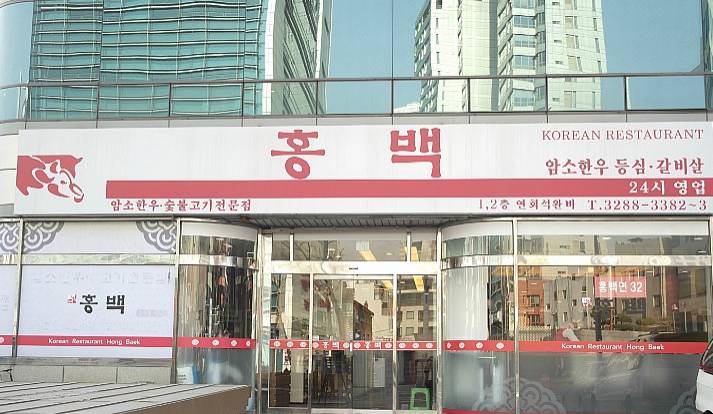

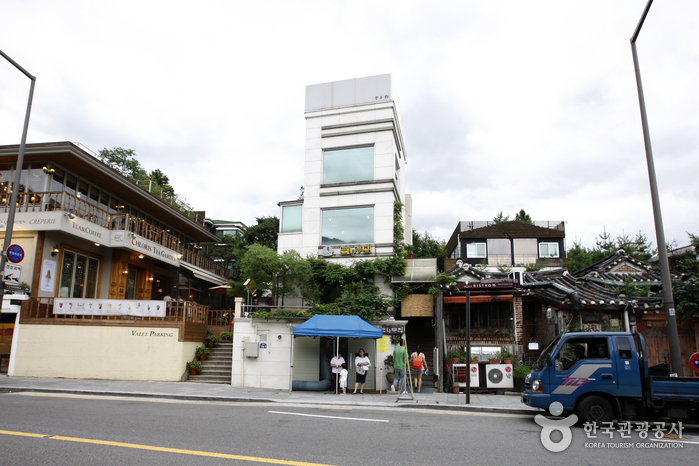
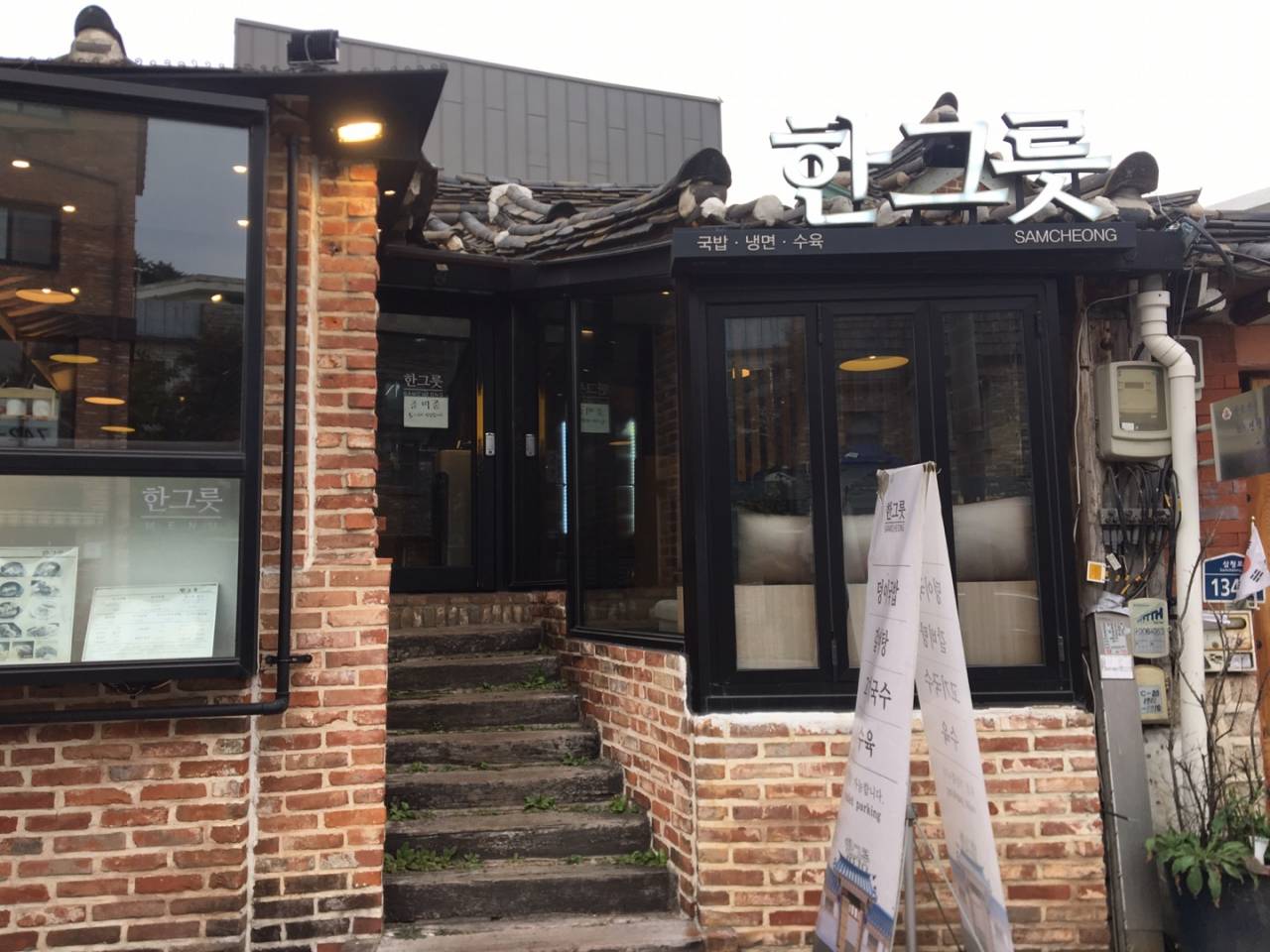
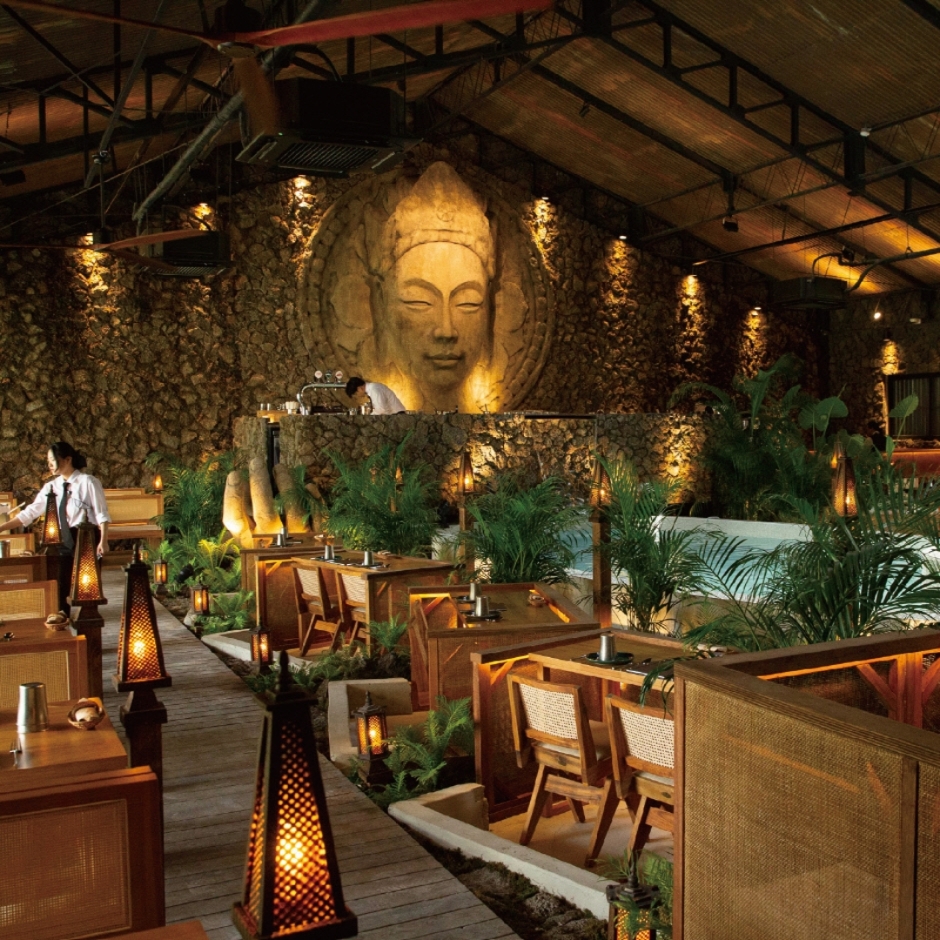
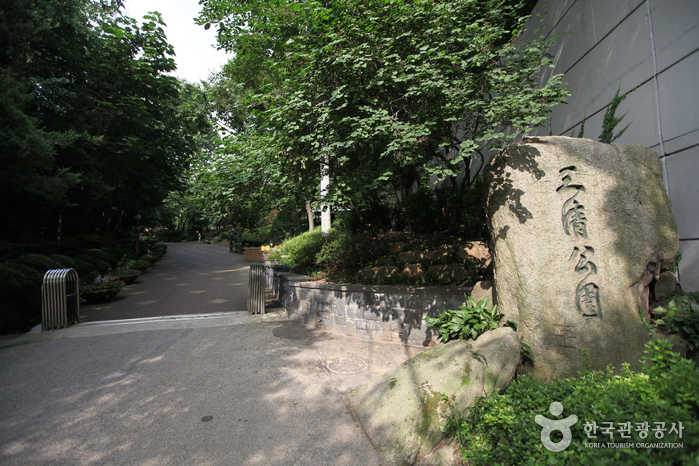

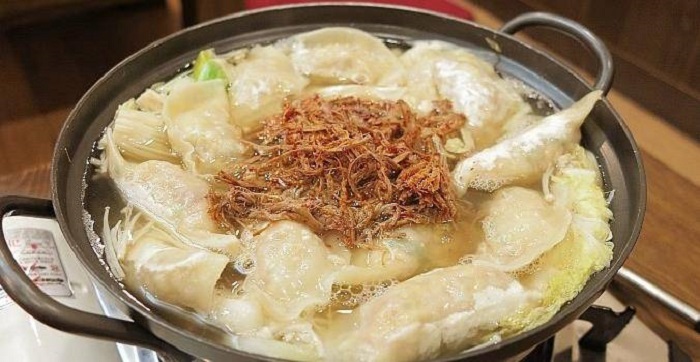
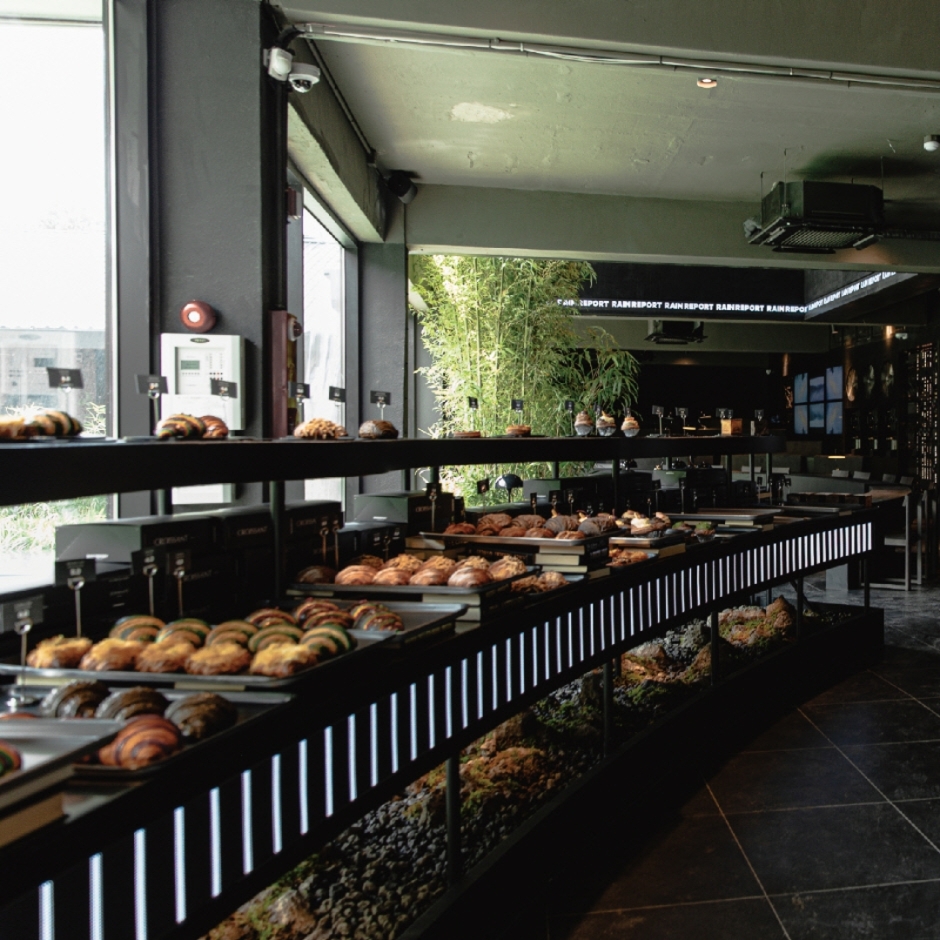
 Español
Español
 한국어
한국어 English
English 日本語
日本語 中文(简体)
中文(简体) Deutsch
Deutsch Français
Français Русский
Русский